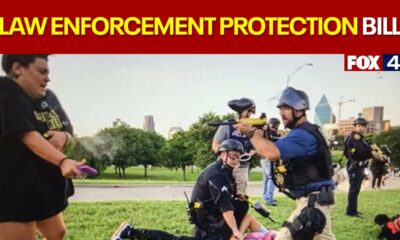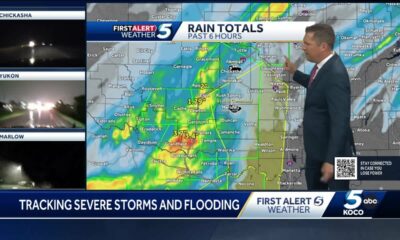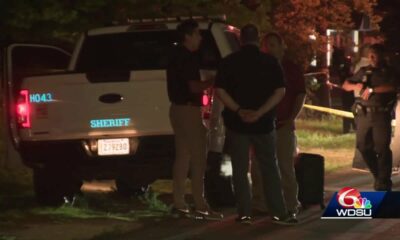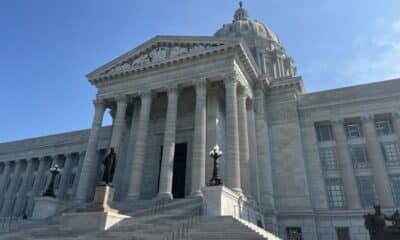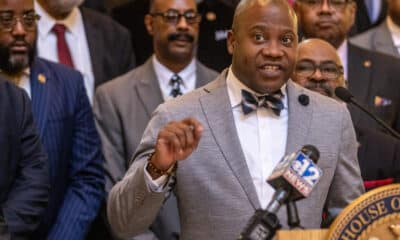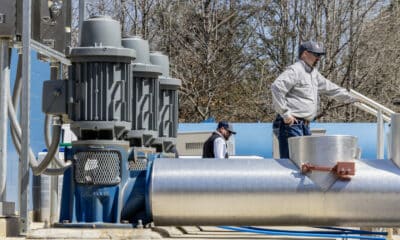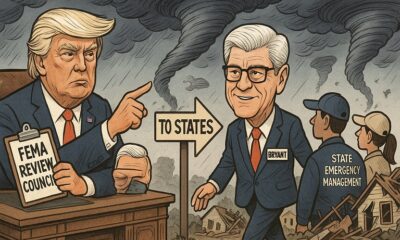(The Center Square) – Transit numbers in the Washington metropolitan area are ticking back up, some nearing prepandemic levels following a return-to-office mandate for federal workers.
Washington Metropolitan Area Transit Agency, which operates Metro trains and buses, reported to The Center Square that ridership increased by 37% between January and April of this year compared to the same timeframe a year ago.
Metrorail ridership is reporting that service has returned to about 89% of where it was in March 2019; however, Metrobus ridership was about 2% higher in March of this year than March 2019.
WMATA added that the agency has had increases across all lines but didn’t identify any specific lines that have seen significant increases. On June 22, WMATA said it will be adding rail service on the Red and Silver lines “to meet increased demand.”
The Virginia Railway Express operates commuter rail lines between Fredericksburg and D.C., and Manassas and D.C. The VRE reported to The Center Square that the average daily ridership in March was up 85% compared to July-December 2024.
Between January and February 2020, the VRE reported daily ridership averaged about 18,250 compared to March 2025, which averaged 11,466. However, before federal workers were required to return to their offices in late March, the daily ridership in February averaged 8,046 – up from January’s daily average ridership of 5,594. In April 2024, VRE reported a daily average ridership of 6,961.
Notably, VRE reports a shift in the rate of passenger returns between the Fredericksburg and Manassas lines. Before the pandemic, 55% rode the Fredericksburg line compared to Manassas at 45%. The gap has since expanded to 61% on the Fredericksburg lines versus 39% on the Manassas line.
The changes could possibly be attributed to the expansion of the Metro’s Silver Line, which extended rail service to Loudoun County, opening in November 2022. In addition, in September 2022, high occupancy vehicle lanes were expanded for east and west-bound traffic along I-66, extending from the Beltway to Gainesville.
The only significant transportation addition to the I-95 corridor was the expansion of the high occupancy vehicle lanes extending from the Beltway to the Rappahannock River between Stafford County and the city of Fredericksburg. Unlike the I-66 HOV lanes, the I-95 lanes are reversible, serving one direction during different parts of the day.
One of the chief complaints from Republican and Democratic leaders in D.C. and Virginia regarding the high volume of federal worker telecommuting was the cost of maintaining transportation.
In December 2023, Gov. Glenn Youngkin wrote to the Biden administration asking to end remote work to boost public transit ridership, which took a major hit since the pandemic.
As previously reported by The Center Square, the WMATA has been bogged with a $750 million budget shortfall.
“Prior to the pandemic, federal workers contributed over $100 million in annual fare revenue and 40% of the ridership to WMATA,” Youngkin wrote in a letter to Kiran Ahuja, director of the Office of Personnel Management.
Despite federal workers returning to the office, WMATA described the increased fare revenue as “good news.” However, the agency explained the revenue only represents “a small part of Metro’s overall budget.” Adding that a majority of the funding comes from “local jurisdictional subsidies.”
VRE noted that monthly fare revenues have increased by 60% to $2 million, compared to $1.3 million on average per month between July and December 2024. The current fare revenues are dwarfed by the average monthly pre-pandemic revenue of $3.5 million.
Soon after swearing in for his second term, President Donald Trump issued the executive order mandating federal workers return to the office. The mandate appears to be popular among Americans as well.
A new poll by The Center Square found 43% of people support the return-to-office mandate for all government workers, while 27% support a mandate to send “essential” government employees back to the office. Combined, 70% of voters support requiring at least some federal workers to return to the office. Only 16% oppose the mandate, followed closely by 14% who are unsure.
The Center Square was unsuccessful getting comment before publication from the Maryland Department of Transportation, which operates the Maryland Area Rail Commuter.





